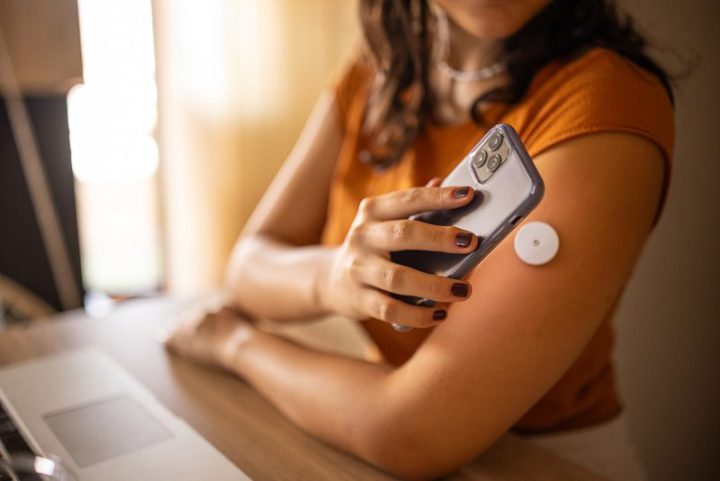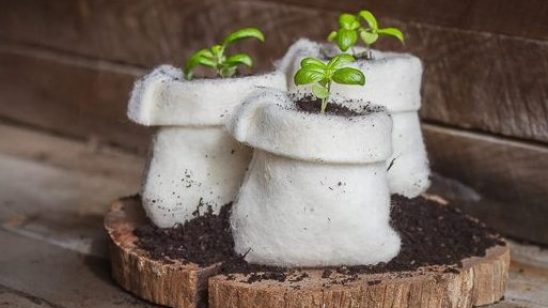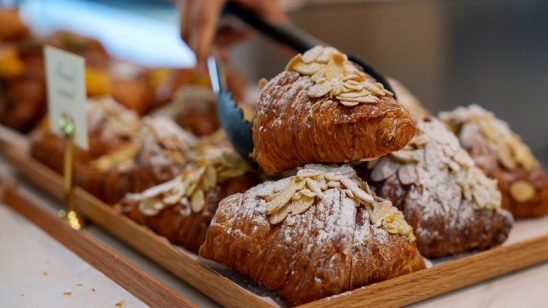
Sugar highs: My week with a glucose monitor
Metropol Deputy Editor Tamara Pitelen shares her week with a glucose monitor.
E ver wonders what happens inside your body when you eat a piece of chocolate? Or when you skip breakfast? I wonder about these things. I love my body but much of what it does is a mystery to me. This is one of the reasons why I decided to try out a continuous glucose monitor for a couple of weeks. What’s that? It’s a very clever gadget that attaches to the back of your upper arm and, via a phone app, gives you real-time information on how your blood sugar levels are rising and falling.
Why would you want to know that? Because stable blood sugar levels are an indicator of overall health. Consistently high blood sugar levels can, over time, damage your blood vessels, leading to health problems such as coronary heart disease, kidney disease, and diabetic eye disease.
Although continuous glucose monitors are usually used for managing diabetes, they’re increasingly being used by people like me who want to check they’re not unknowingly on a path to diabetes and are interested to see how quickly and sometimes dramatically their body responds to different foods and beverages, as well as to sleep (or lack of it) and exercise, and which foods often longer periods of stable blood sugar.
Is it necessary? Probably not. I’m not diabetic and, it turns out, I’m not pre-diabetic. That’s good to know. Is it expensive? It’s pricey enough – working out to about $60 a week, which is why I’m only doing this for a couple of weeks. How do you get a continuous glucose monitor? I bought mine online. Does it hurt to apply? Not at all. Don’t let the tiny needle put you off.
What have I learned? Things that dramatically spiked my blood sugar include a thumb-sized chocolate Easter egg, a chocolate biscuit eaten on an empty stomach, and a cappuccino made with oat milk. By contrast, coffee with cream had little effect. I found that eating two pieces of toast for breakfast spikes me significantly higher than one piece of toast and a fried egg.
However, I’ve discovered that my blood sugar is often too low rather than too high so one of my learnings is that I do better on eating smaller amounts, more regularly. I’ve noticed too that just having the monitor has changed my eating habits.
I’ve said ‘no thanks’ to a number of chocolate and cake opportunities recently simply because I didn’t want to see the spike recorded on my app. (Other times, I ate the cake yet avoided looking at the app). Overall, this is something I will do once a year for two weeks, just to keep an eye on things.
Did you know?
Type 2 diabetes costs Aotearoa New Zealand more than $2 billion per year. This is projected to increase to $3.5 billion in the next 20 years.



